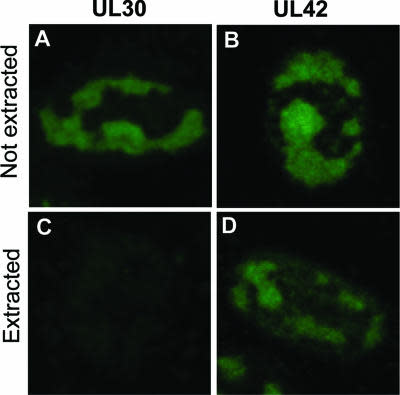
Cat. #151705
Anti-CLEC9A [1F6]
Cat. #: 151705
Sub-type: Primary antibody
Unit size: 100 ug
Availability: 3-4 weeks
Target: Mouse DNGR1
Class: Monoclonal
Application: FACS ; IF ; WB
Reactivity: Mouse
Host: Rat
£300.00
This fee is applicable only for non-profit organisations. If you are a for-profit organisation or a researcher working on commercially-sponsored academic research, you will need to contact our licensing team for a commercial use license.
Contributor
Inventor: Caetano Reis e Sousa
Institute: Cancer Research UK, London Research Institute: Lincoln's Inn Fields
Tool Details
*FOR RESEARCH USE ONLY
- Name: Anti-CLEC9A [1F6]
- Alternate name: C-Type Lectin Domain Family 9 Member A; HEEE9341; UNQ9341; DNGR-1; CD37; DNGR1
- Clone: 1F6
- Tool sub type: Primary antibody
- Class: Monoclonal
- Conjugation: Unconjugated
- Reactivity: Mouse
- Host: Rat
- Application: FACS ; IF ; WB
- Description: Monoclonal antibody directed against DNGR-1 marker for CD8+ dendritic cells, which can be exploited for tumour therapy, whilst also recognising necrotic cells.
- Immunogen: RBL-2H3 cells expressing mouse DNGR-1 fused to an HA epitope
- Immunogen uniprot id: Q8BRU4
- Isotype: IgG1
- Myeloma used: Y3.AG.1.2.3
- Recommended controls: Mouse IgG1 isotype-matched control mAbs
Target Details
- Target: Mouse DNGR1
- Tissue cell line specificity: Mouse IgG1 isotype-matched control mAbs
- Target background: This antibody recognises mouse DNGR-1, also known as CLEC9A, which is a highly specific marker of the CD8a+ and the CD103+ DC subsets, as well as a receptor able to recognise a preformed signal exposed on necrotic cells. DNGR-1 was found to be expressed in mice at high levels by CD8+ DCs and at low levels by plasmacytoid DCs, but not by other hematopoietic cells. DNGR-1 is a novel, highly specific marker of mouse and human DC subsets that can be exploited for CTL cross-priming and tumour therapy. DNGR-1 ligation is required for effective cross-presentation of dead-cell-associated antigen by recruitment and activation of the tyrosine kinase Syk. DNGR-1 recognizes filamentous actin in association with particular actin-binding domains of cytoskeletal proteins, including spectrin, exposed when cell membranes are damaged. This antibody can recognise both the short and long isoform of DNGR-1, which vary in a segment of the stalk region.
Applications
- Application: FACS ; IF ; WB
Handling
- Format: Liquid
- Concentration: 1 mg/ml
- Unit size: 100 ug
- Storage buffer: PBS with 0.02% azide
- Storage conditions: Store at -20° C frozen. Avoid repeated freeze / thaw cycles
- Shipping conditions: Shipping at 4° C
References
- Sancho et al. 2008. J Clin Invest. 118(6):2098-110. PMID: 18497879.




